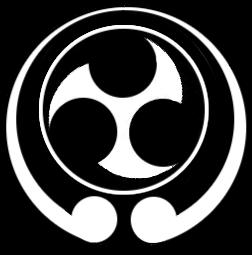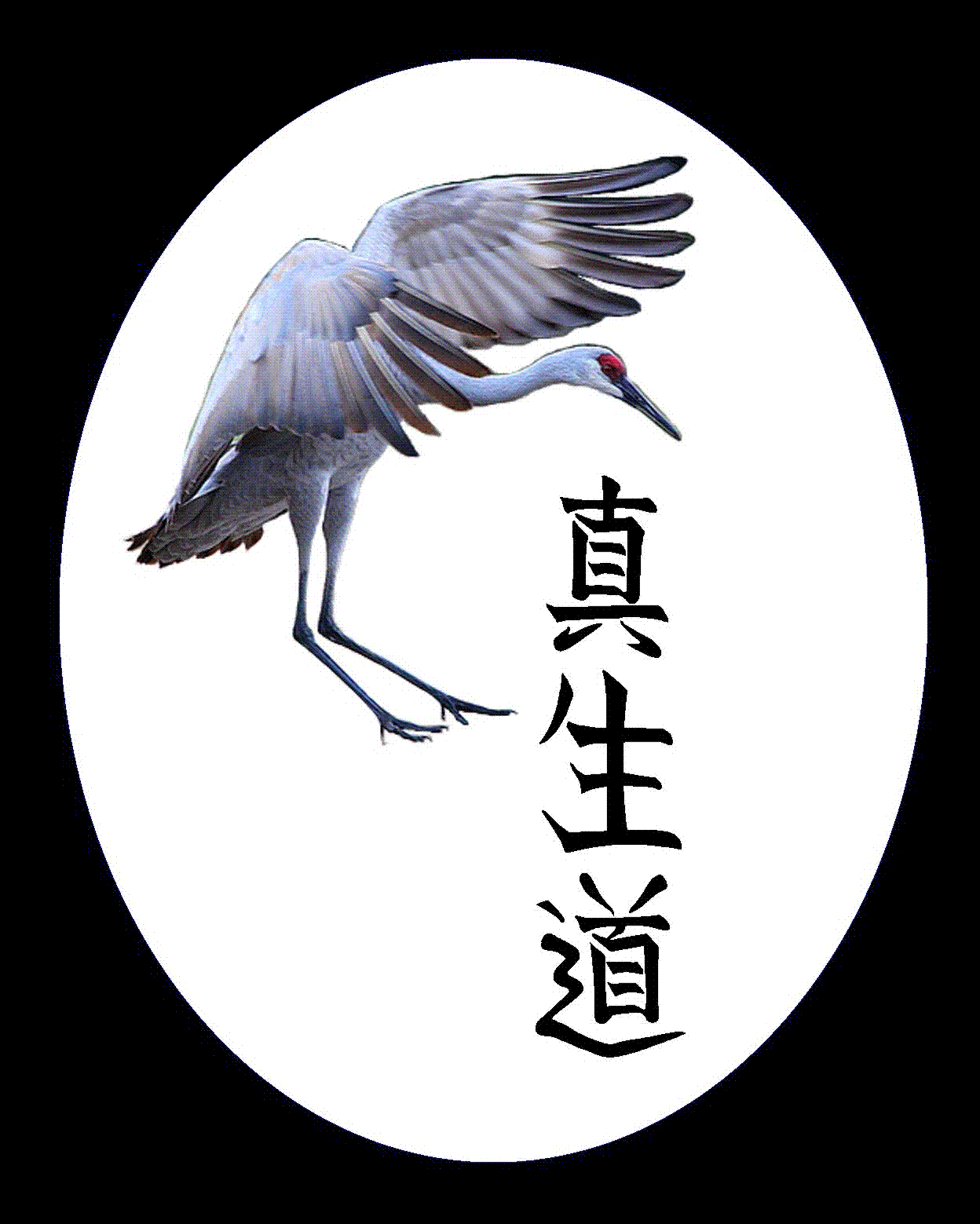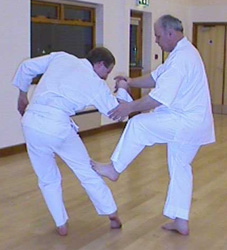
![]()
![]()

Headingley Karate
|
|
|
Shinseido Shorin Ryu
Shinseido
Shinseido means ‘the way born of truth and reality’. It is the self-defence system devised by Sensei Roger Sheldon. Roger Sheldon began training in Karate in 1974 in Sevenoaks, Kent. Since that time he has trained in a number of different empty hand and weapon arts, and holds black belts in several of these disciplines. In addition, he is the founder of the Institute for Research into the Management of Aggression (IRMA). IRMA exists chiefly to promote the Project 5 training programme in Peaceful Response Strategies. Roger Sheldon has over the years trained thousands of people in the Project 5 system, these chiefly being professional health and social service carers. Shinseido and Project 5 go hand in hand. Indeed Project 5 could be regarded as a subset of Shinseido.
Unlike many martial arts, Shinseido contains defensive techniques with which the practitioner can use to stay safe in an assaultive situation, without necessarily having to inflict injury upon the aggressor. Shinseido students study how to use posture and body language to avoid violence in the first place. Sadly however, sometimes it is necessary to use force in order to protect oneself. So Shinseido also contains more dangerous techniques that must be practiced with great care.
Shinseido is disseminated chiefly through the study of Shinsei Kata (kata is a word used in Karate to describe a ‘shadow boxing’ form – a set sequence of movements the student practices on their own). Shinsei Kata is then ‘broken down’ into its component parts and the practical application of these movements is practiced with a partner.

Roger Sheldon, founder of Shinseido, demonstrating a typical Shorin Ryu kick on Mike Flanagan
|
Shorin Ryu
Shorin is a corruption of the Chinese ‘Shaolin’, the name of the ancient Chinese temple in which Buddhism was studied side by side with martial arts. Whether the Shaolin temple really existed or not is still a matter of conjecture. Ryu is a Japanese word which loosely translates as ‘school of thought’. So Shorin Ryu might be thought of as the school of Shaolin martial arts. But wait a minute, isn’t Shinseido Shorin Ryu a style of Karate? A Japanese martial art? The truth is somewhat more complex.
Shorin Ryu is one of the many names given to the martial arts practiced in Okinawa. Okinawa is a small chain of islands in the Pacific Ocean, roughly the same distance from both Japan and China. Over the centuries Okinawa has been claimed by, or paid tribute to, both of these countries. It has been a melting pot of culture and of martial arts. The majority of martial influence seems to have come from China but undoubtedly some has come from Japan as well. Several styles of Kung Fu, or Chinese Boxing, are thought to have influenced the development of Okinawan martial arts. In the last two hundred years there appears to have been most input from the Southern Chinese styles of Crane Boxing. Chinese and Japanese martial arts blended with the Okinawans’ own unique methods to produce systems such as Shorin Ryu. In the 19th century Shorin Ryu was practiced in secret, an illegal activity handed down through generations of Okinawan nobility. It was a functional and often brutal martial art – its prime purpose was as a system of efficient self-defence, although it was also considered to be beneficial for character development and health. Around the turn of the 20th century a number of Okinawan teachers began to develop the art away from its brutal origins and to teach it primarily as a means of character development and calisthenic exercise. Thus was born Karate-do, the ‘way’ of Karate. It was this new art that was introduced to mainland Japan in the 1920’s. From there the art changed further with the introduction of the sporting and competitive aspects of Karate. Practical self-defence became rather less important; athleticism and aesthetics became the focus of practice. Stances became longer and more dynamic, kicks became higher, competition ruled the day! It is this Karate that has taken the world by storm, splintering into a myriad of sub-styles and being taught in probably every country in the world.
The Shorin Ryu we practice is an attempt to reproduce the self-defence based art of 19th century Okinawa. Perhaps the most prominent figure in the Shorin tradition was Sokon Matsumura (approx. 1809-1901). Matsumura was an expert in the Okinawan fighting traditions and served as a bodyguard to the last three Okinawan kings. Amongst others he taught his grandson, Nabe Matsumura. Nabe taught his nephew, Hohan Soken (died 1984). Hohan Soken endeavoured to keep his family art just as it had been taught to him. Our Shorin Ryu is based on the katas taught by Hohan Soken – these katas are our reference point, our link to the past.
Sensei Roger Sheldon has spent many years researching the teachings of Hohan Soken, through the network of students he left behind, in order to best understand the way that Sokon Matsumura trained and taught. In many ways that is an impossible task. Thousands of miles and over a hundred years separate us from feudal Okinawa. Yet we have done all we can to peer through the mists of time to reproduce the training methods of this excellent self-defence system. Shorin Ryu is not a dead or static art however. In the pragmatic manner of Matsumura and others like him we acknowledge that our first allegiance is to effective self-defence – our art must inevitably evolve to suit the needs of the time and place in which it is practised.